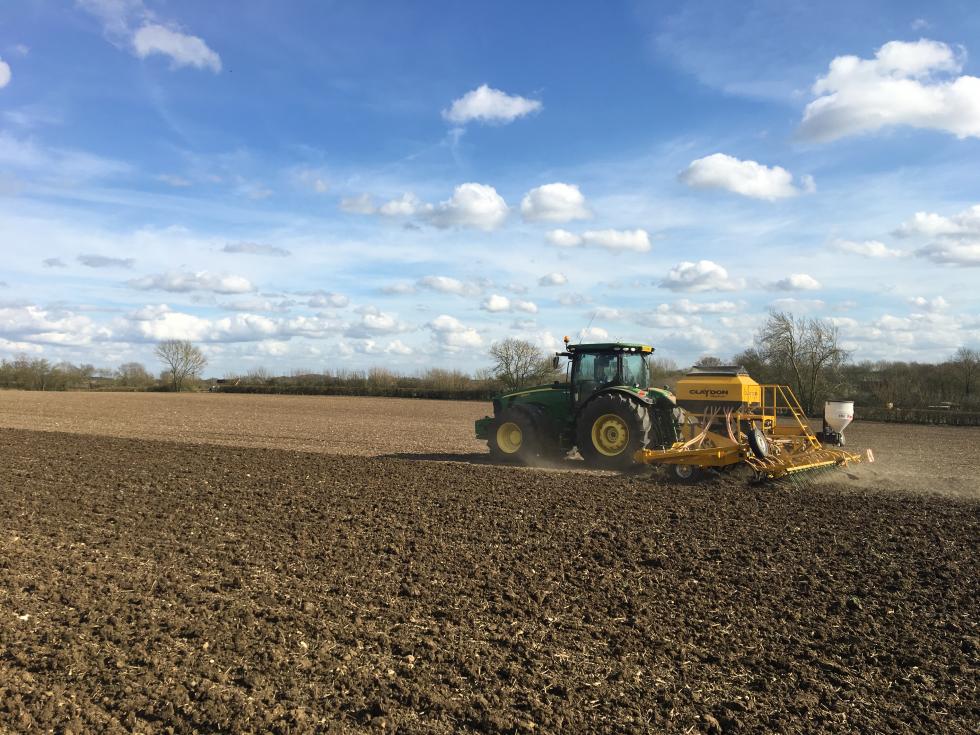Recent rainfall has been beneficial, and planting of winter cereals is underway in parts of England. The East in particular, however, remains very dry. Primary cultivations are being completed, but increased fuel use and worn metal from hard ground is raising costs.
Unsurprisingly, UK grain and protein markets continue to follow global trends. UK feed wheat values have moved back up to £260 per tonne (spot) for the first time since the beginning of July. New crop (2023 harvest) values are likely to be around £10 per tonne below this value. This based on the assumption that they are worth around £10 per tonne below November 2023 feed wheat futures. In reality, it is hard to gauge a value for new crop wheat in such a high-priced market.
Milling wheat is currently at a £40 per tonne premium to feed wheat. Early data from the AHDB Cereal Quality Survey shows that protein content is down this year; averaging just 12.5% on UK Flour Millers Group 1 varieties. This does not necessarily mean that there will be an increased premium for ‘in specification’ wheat, with much depending on the performance of the crop in baking trials. At the moment, the crop is thought to be performing well.
Feed barley is moving at a discount of approximately £20 per tonne to feed wheat, or £240 per tonne. The discount is at broadly normal levels, given the elevated price of grains. Demand for barley will be lower this season owing to the reduced size of the pig herd.
Globally, it appears that there is going to be a much-improved supply of oilseed rape and other oilseeds this season. This is primarily due to increased production, year-on-year, in Canada. As a result, the price of rapeseed, nearby, has moved to pre-Ukraine war levels, to around £500 per tonne.
Feed bean values have moved back up with wheat values. That said, pulse markets are thought to be well supplied, both domestically and globally. Increases beyond those tracking wheat are unlikely especially given expectations of favourable weather for crops in Australia; a key export market competitor, during their spring.

